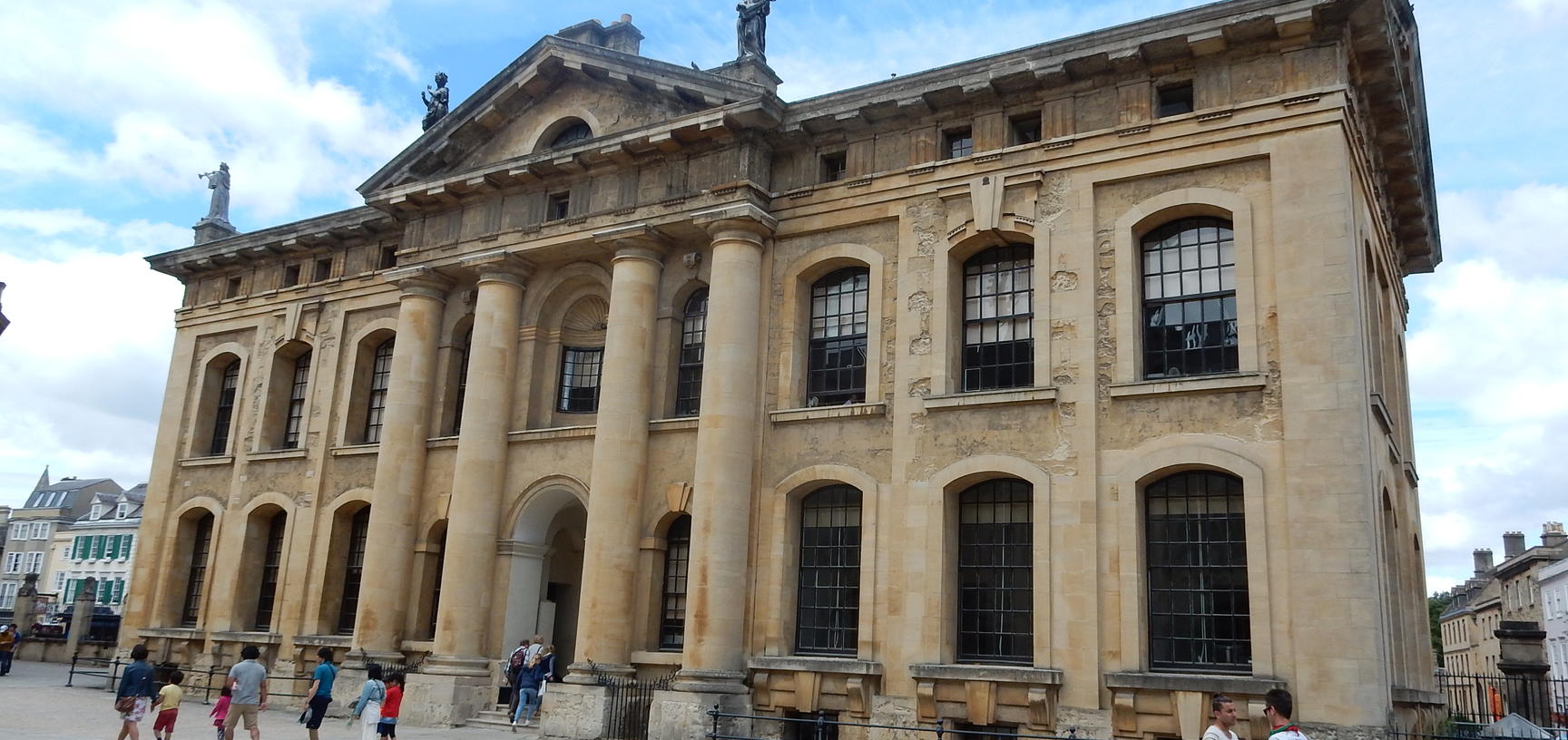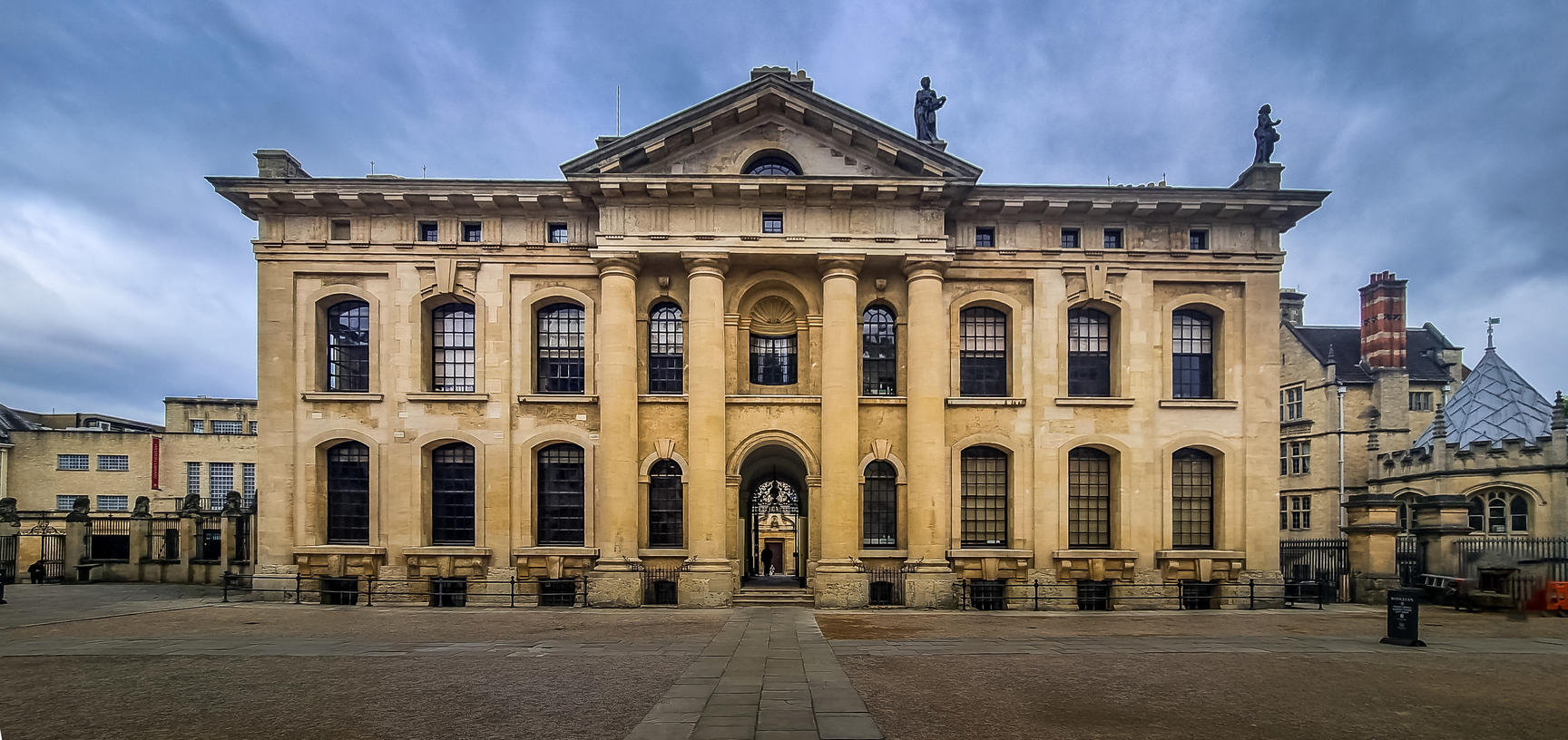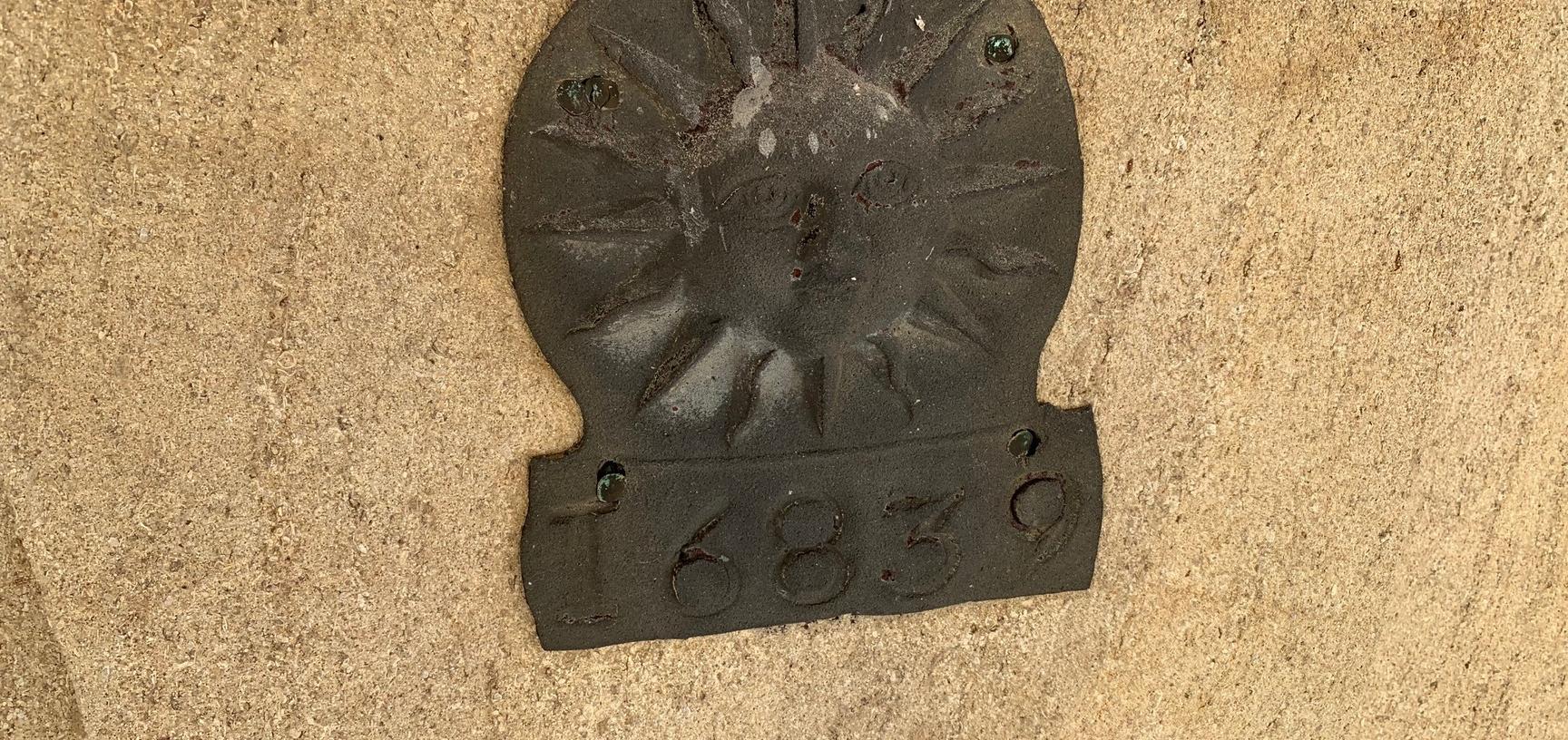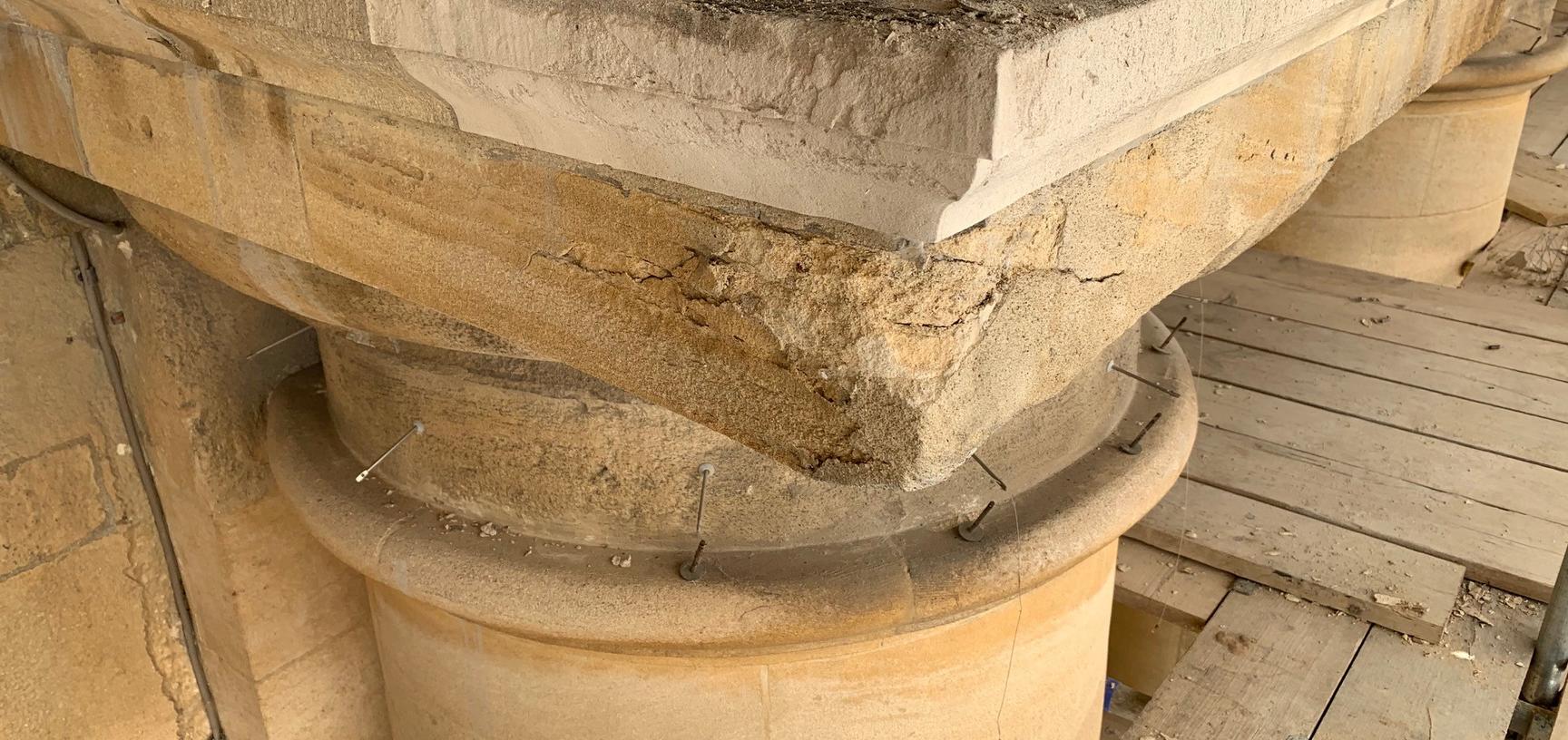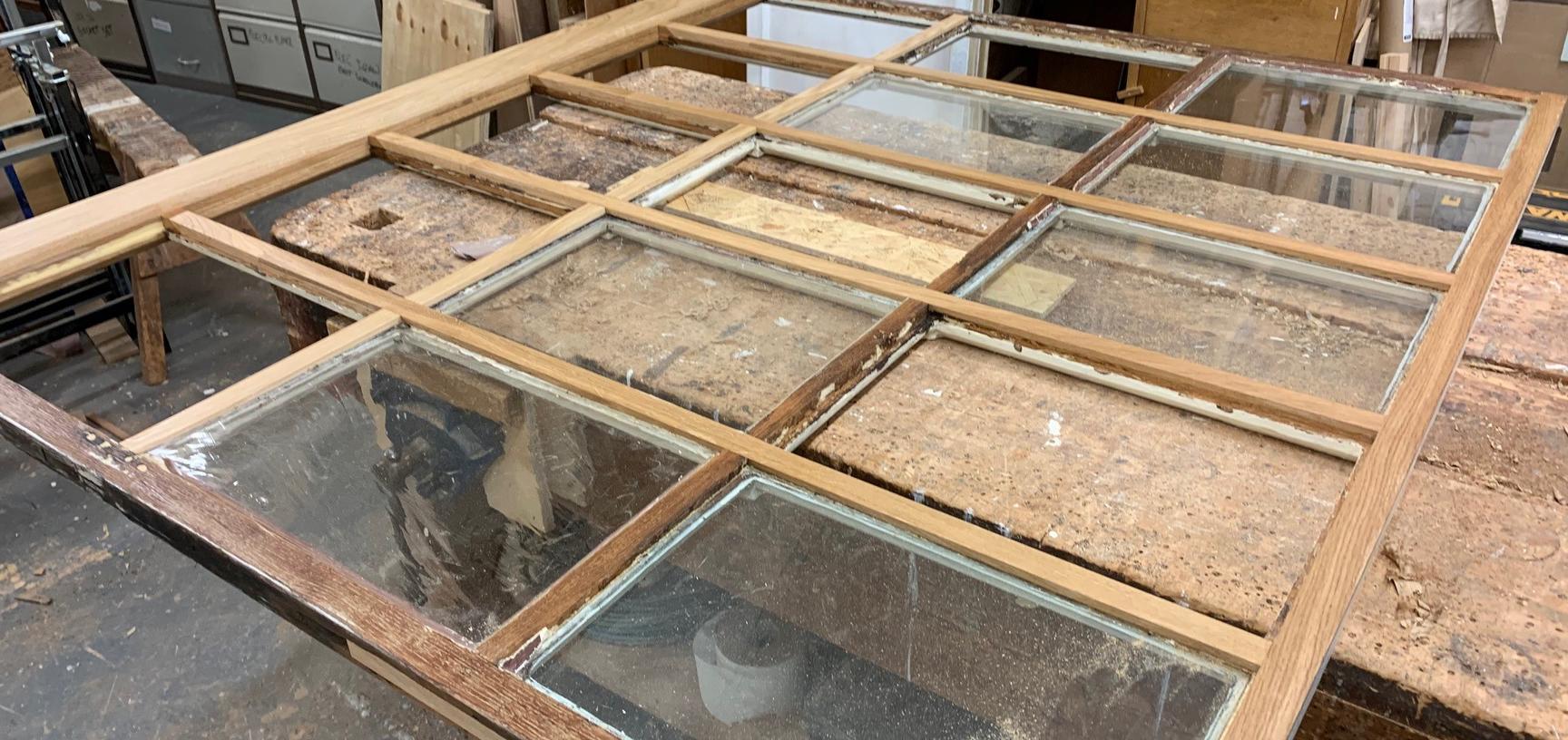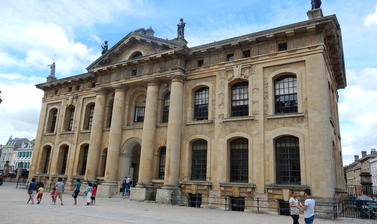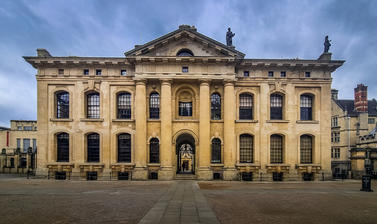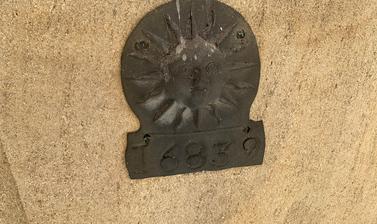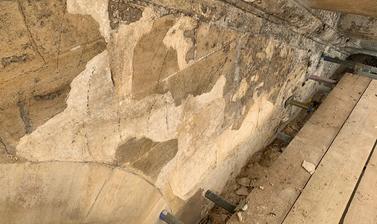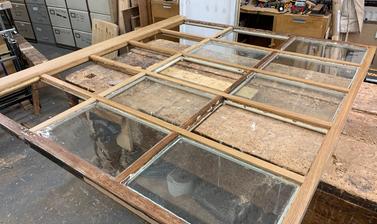Second phase of Clarendon Building restoration focuses on rooftop statues
The second phase of a major exterior renovation project at the Clarendon Building is now nearing completion after several months of work over the winter.
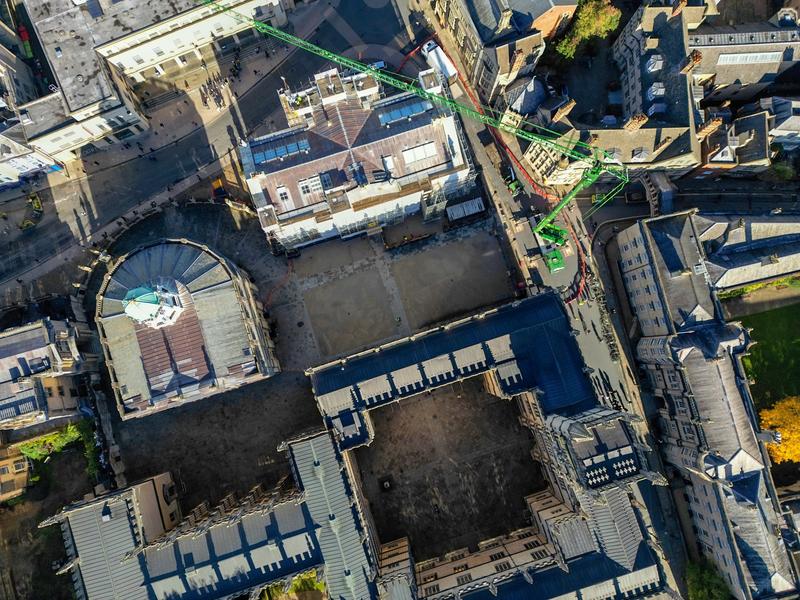
Over that time, Estates Services staff and contractors have continued to overhaul the building, focusing significant attention on the statues of the nine Muses on its roof.
Their work will keep the public safe by ensuring the statues are safely fixed in place, as well as bringing one of the University’s finest buildings much closer to its original state while also making it far more comfortable and energy efficient.
As part of the project, all the building’s wooden sash windows have been removed and fully reconditioned by the highly skilled FM Joiners, who completed those on the building's eastern elevation and on the lower floor of its southern side during the recent second phase of work. The windows now open and close freely for the first time in many years and have modern draughtproof seals, creating a more comfortable environment for staff and reducing energy consumption.
In November 2023, the team carefully removed four of the original lead statues with a crane, to be taken away for expert restoration. Two more are fibreglass replicas added in the 1970s to replace Muses that had fallen from the building and been destroyed much earlier. These are now badly weathered and have also been taken down so they can be replaced with newly made lead versions. The last three Muses are in better condition and have been restored in situ.

The team are also taking this opportunity to correct an unfortunate case of mistaken identity that led to the missing Calliope, Muse of epic poetry, being replaced with a fibreglass replica of Euterpe, Muse of music and lyric poetry.
This means for the last half-century, the building has featured two Euterpes but no Calliope – a situation the project will correct, adding new lead versions of Calliope and Melpomene, Muse of tragedy. The statue of Lord Clarendon that currently looks west along Broad Street from the building’s side will also be removed and restored at a later date.
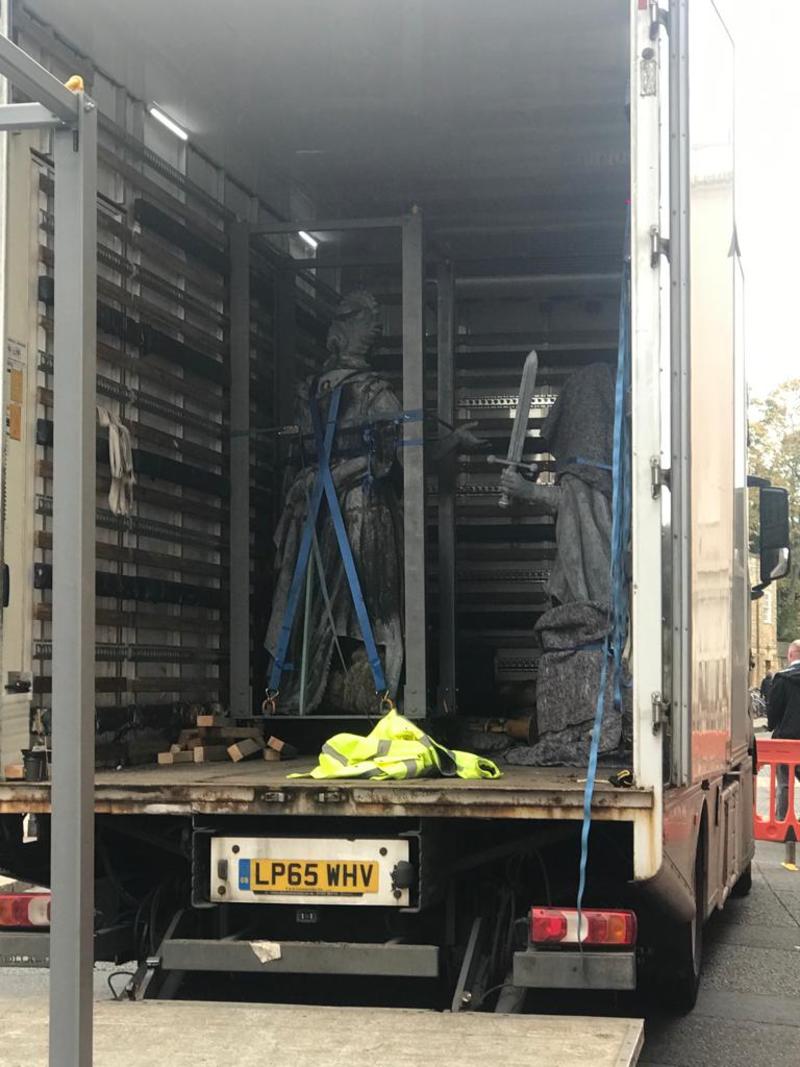
The statues have been moved around on the building over the years and will be returned to their original positions, with stronger fixings to make sure they stay there and several missing details restored, such as Euterpe’s absent flute and the compasses that Urania, Muse of astronomy, should hold.
The statues will also be painted to look like they are made of the same limestone as the building itself. Recent research shows that this was their original finish, and restoring it will bring other benefits beyond authenticity – for example, it will protect the lead’s surface from the unsightly purplish discolouration that modern urban air pollution causes.
Restoring the damaged statues and creating two new ones will be a slow process, and the project is unlikely to be complete before 2026.
In the meantime, the University hopes to be able to put some of the statues on temporary display after restoration, providing a rare opportunity to see these imposing works of sculpture from up close – each is around 2.2m tall, or more than 7ft. Ultimately the team’s efforts should mean the statues can stay on the building for decades or even centuries to come with no need for further major interventions.
During the first phase of the project over the winter of 2022-23, the team had already cleaned and repair the building’s stonework, mended its roof and guttering and addressed many other problems they discovered, some of them stemming from misguided earlier repairs. Many of these problems cannot be seen
from street level and were only apparent once the scaffolding had been installed and restorers could get up close. The picture gallery below gives a sense of what has been achieved.

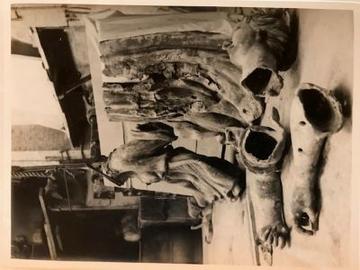
Above left: One of the original bronze statues, showing Euterpe, Muse of music and lyric poetry. She should be holding a flute, but this was lost many years ago. This may have been what caused restorers in the 1970s to mistake her identity and install a second Euterpe elsewhere on the roof.
Above right: Photograph from 1935 showing the remains of the statue of Thalia, Muse of comedy, after it had fallen from the building. The statue was repaired and put back in place. (Credit: University Archives)

